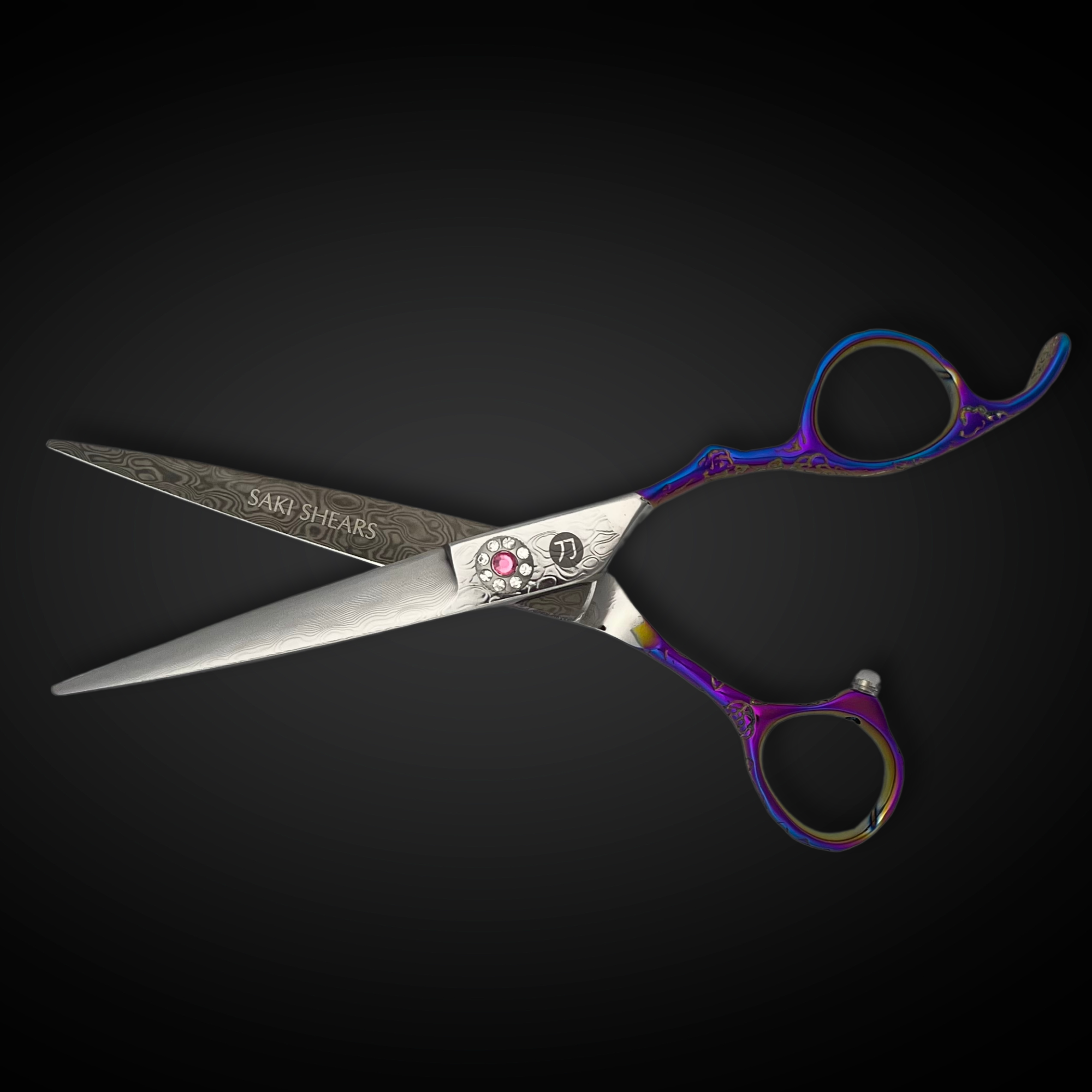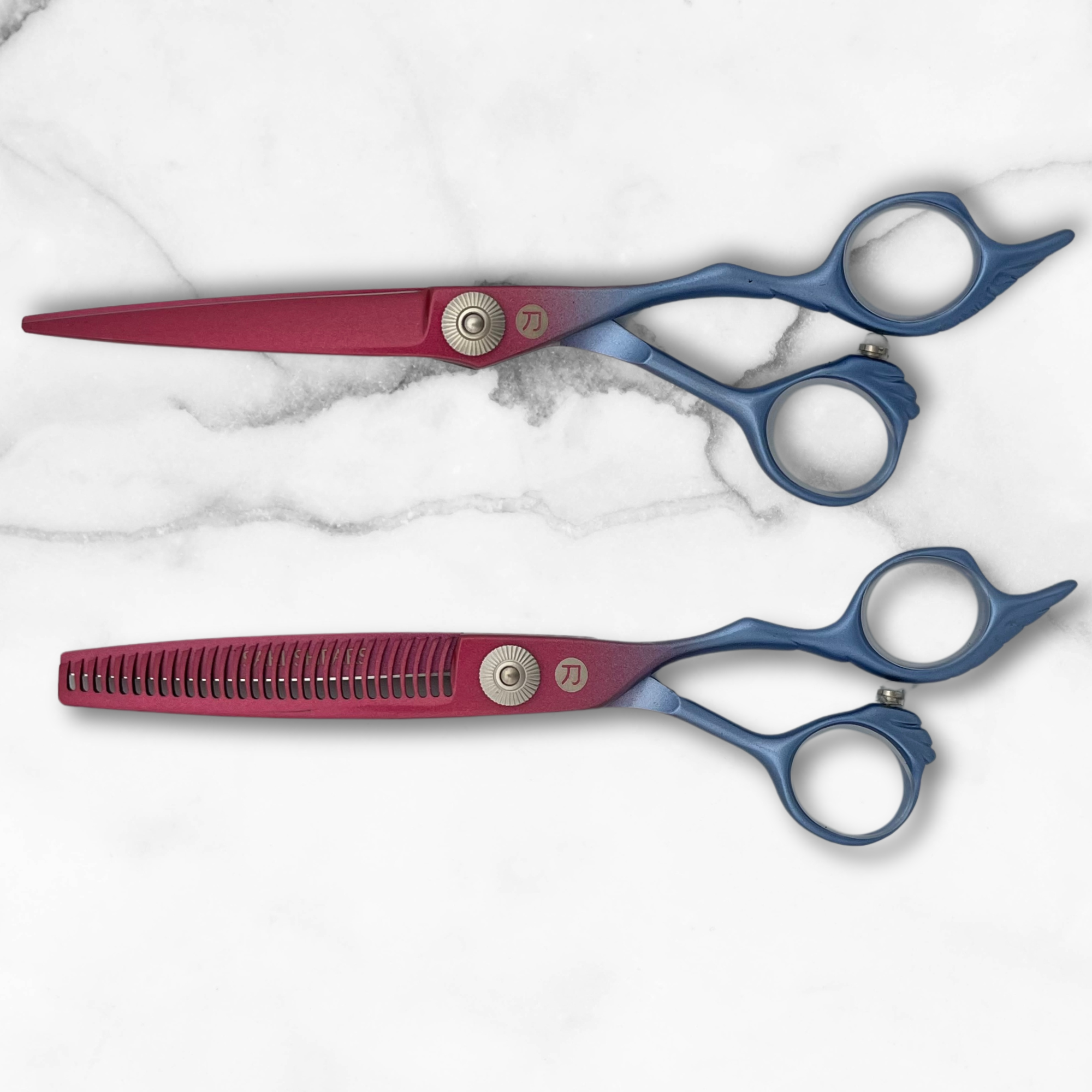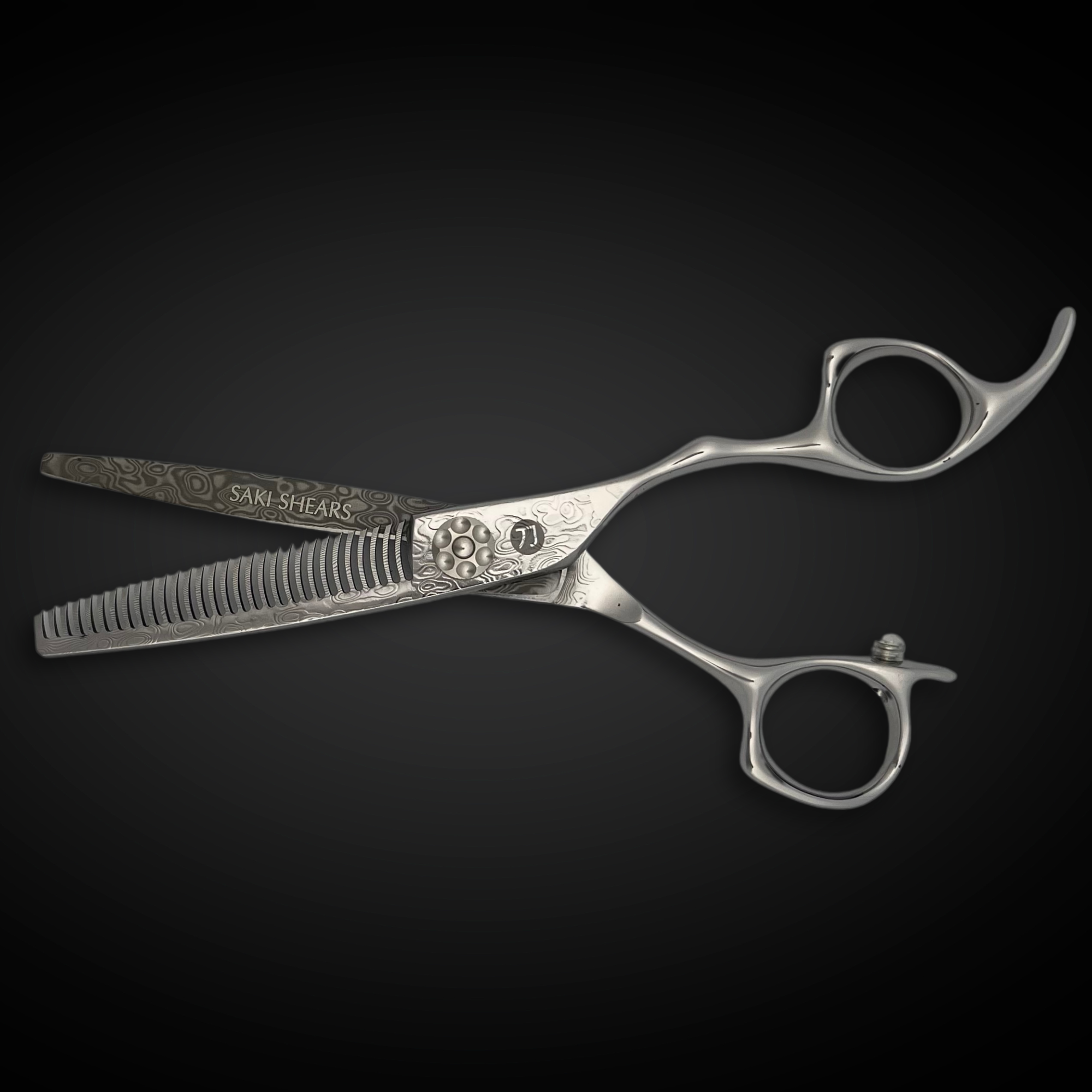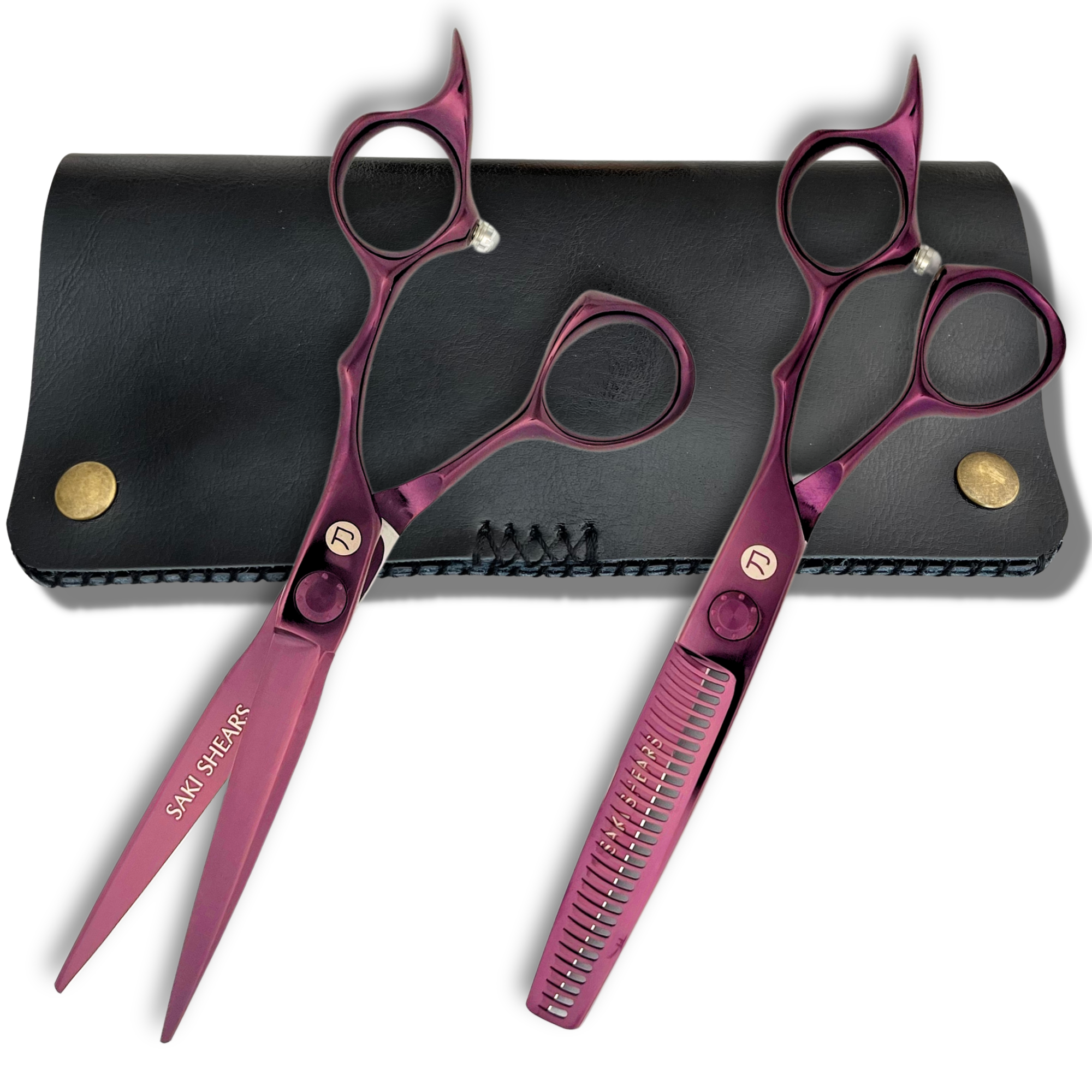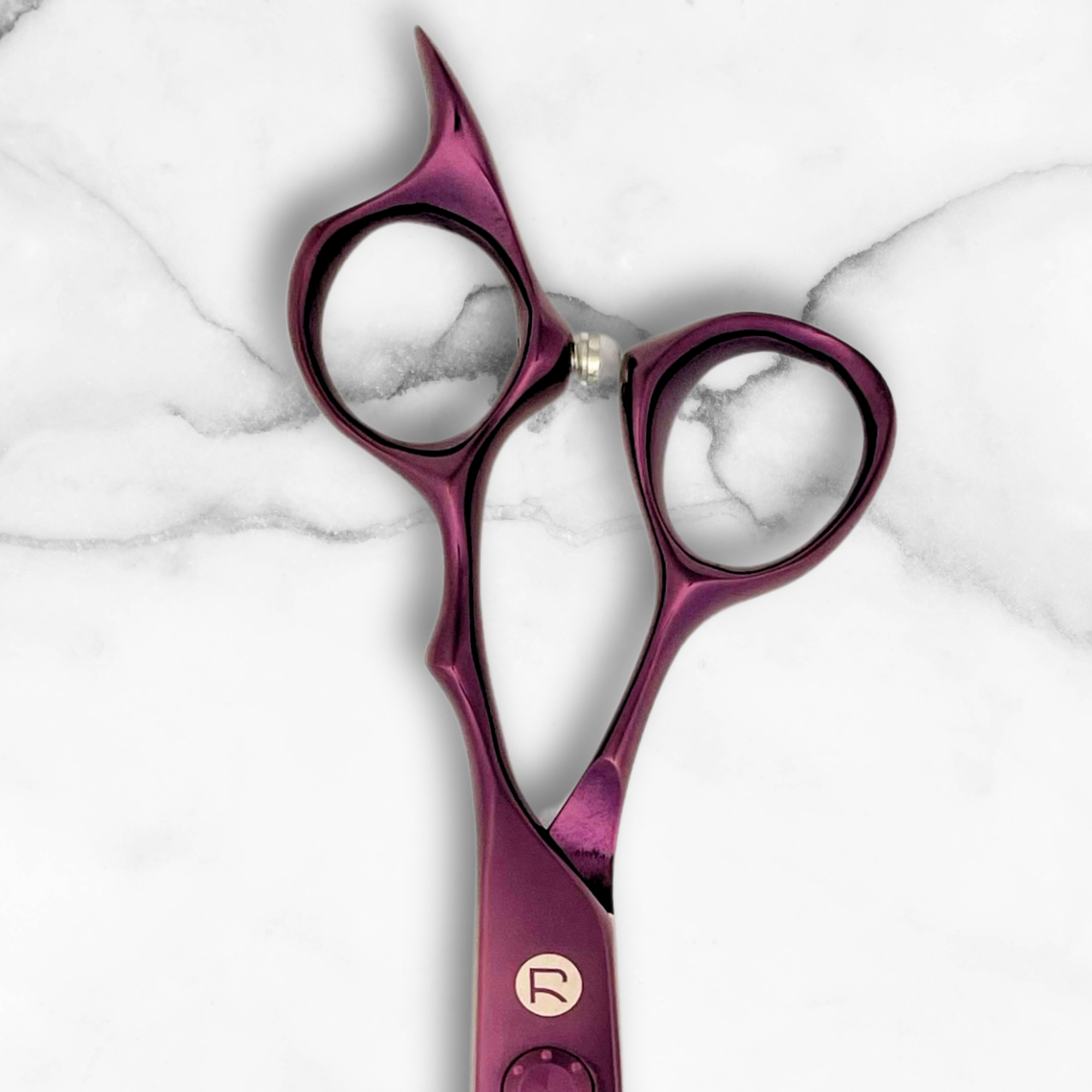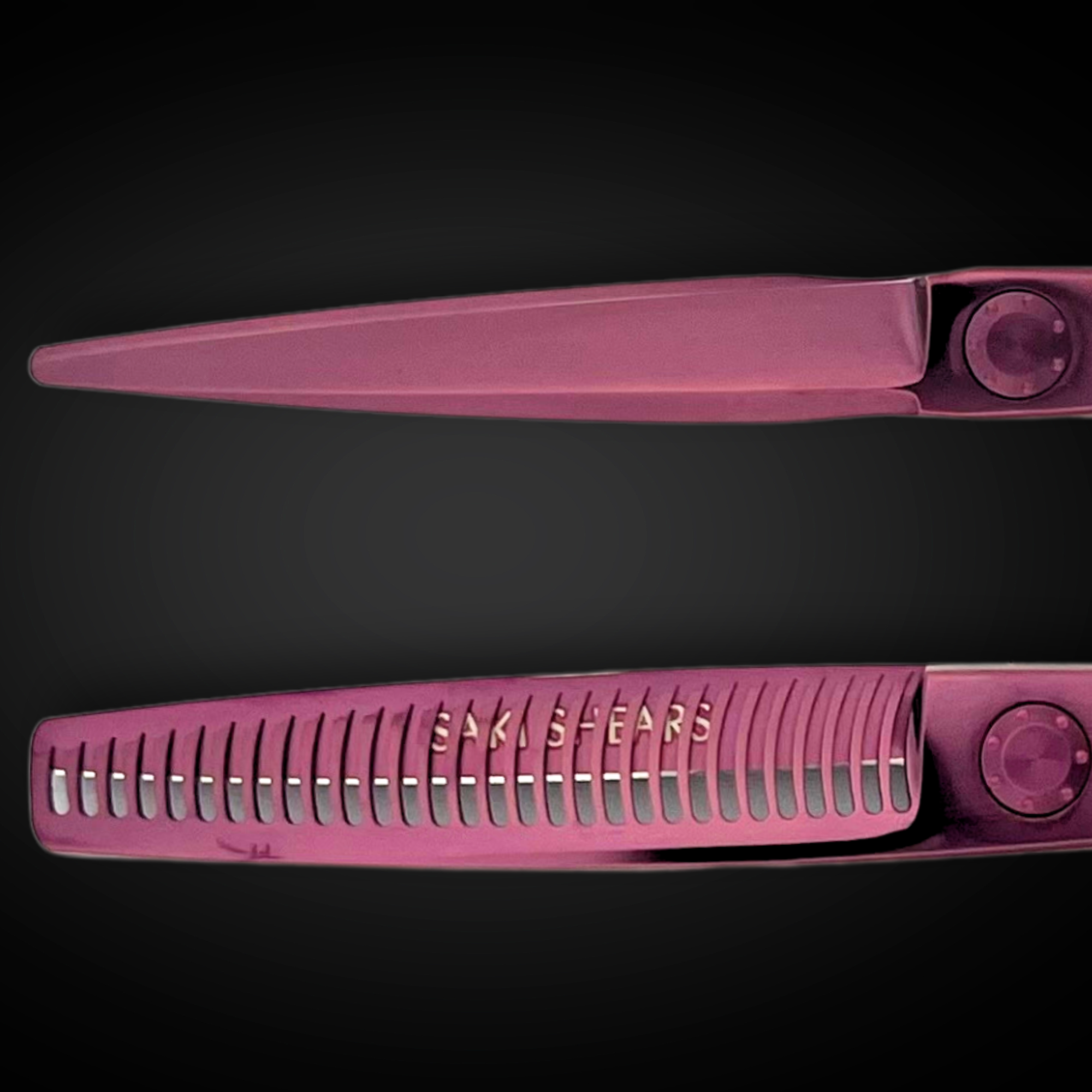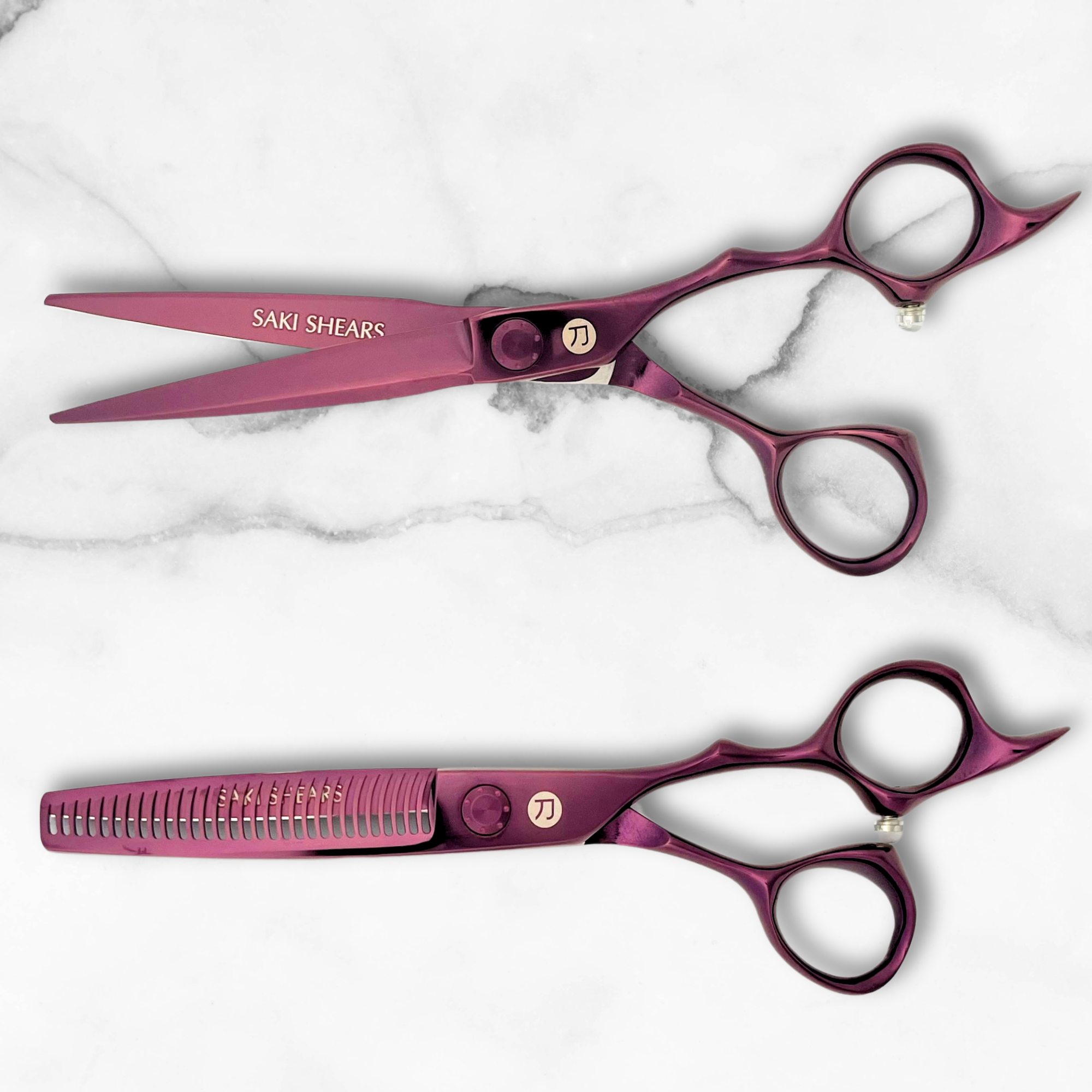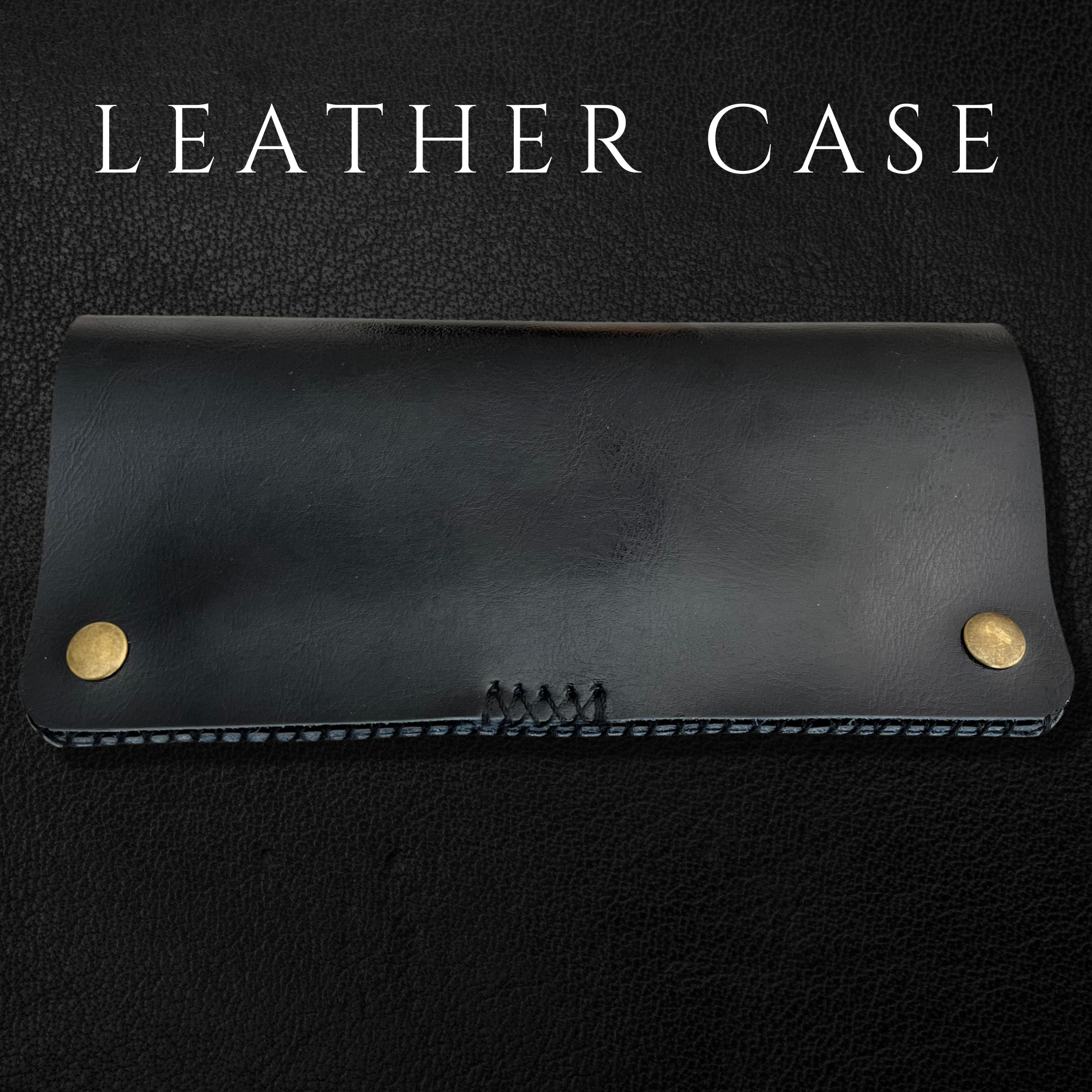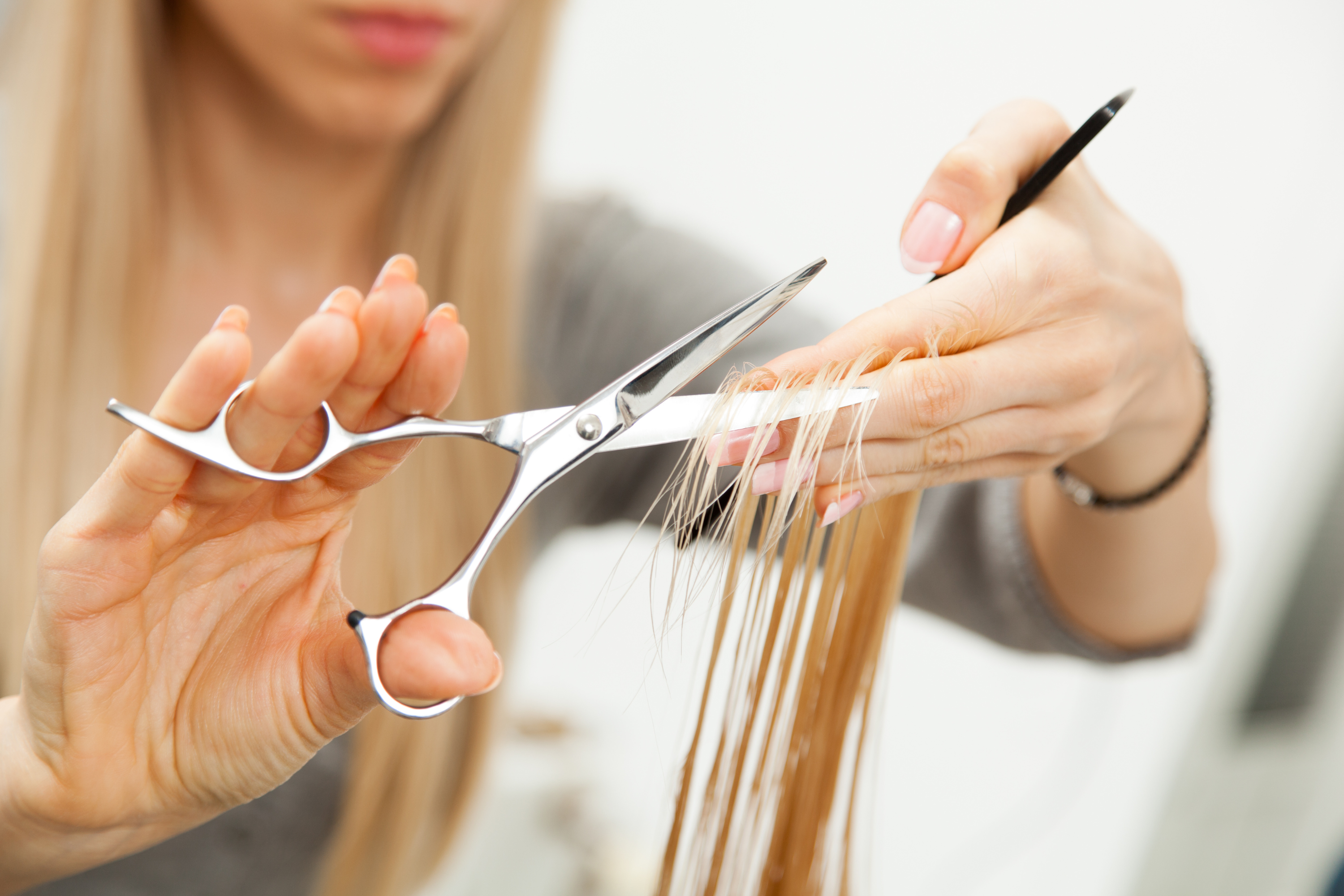How to Braid Hair
The Timeless Art of Braiding Hair
Braiding hair is an ancient practice, a symbol of artistry, individuality, and cultural heritage that dates back thousands of years. From intricate patterns adorning the heads of women in African tribes to the simple three-strand braids we often see today, braiding techniques have evolved to suit modern styles while maintaining their traditional roots. Not only do braids serve aesthetic purposes, but they are also practical ways to manage long hair and protect delicate strands from environmental damage.
This article aims to guide you through various techniques of braiding, the benefits associated with it, and professional tips for maintaining the health of your braided hair. Whether you are a novice looking for basic braiding styles or an enthusiast seeking to enhance your braiding skills, this comprehensive guide has something for everyone.
Types of Braids - A World of Options
Braiding hair is not a one-size-fits-all affair. The variety of braiding styles out there can suit diverse hair textures, lengths, and personal preferences. Let's explore some of the most popular types of braids:
-
Three-Strand Braid: The classic and most straightforward type of braid. This style involves dividing the hair into three sections and alternately crossing them over each other.
-
French Braid: A more sophisticated version of the three-strand braid. Hair is gathered and incorporated as you work your way down, giving a more intricate and tightly woven appearance.
-
Dutch Braid: Often called the "inside-out" French braid, the Dutch braid places the strands under one another, providing a lifted, 3D effect.
-
Fishtail Braid: This braid requires only two sections of hair and involves a repetitive process of taking a small piece of hair from the outer edge of one section and crossing it over to the other.
-
Cornrows: A traditional African style of hair grooming where the hair is braided very close to the scalp, using an underhand, upward motion to produce raised rows.
-
Box Braids: These are individual plaits that are often divided by small squared-off parts or boxes. Box braids can be of any width or length but are typically thick and long.
-
Halo Braid: This style involves braiding around the head, almost like a crown, giving a "halo" effect.
-
Waterfall Braid: A French braid variant where sections of the hair are left out, creating a waterfall-like effect.
-
Ladder Braid: A combination of waterfall and standard braids, resembling the rungs of a ladder.
-
Twisted Braid: Though not technically a braid, it mimics the look by twisting two sections of hair around each other.
Each braid type offers a unique look and level of complexity, and many can be further customized with variations, embellishments, and accessories.
Step-by-Step Guide to Braiding – Mastering the Basics and Beyond
Whether you're a beginner or looking to refine your skills, learning the art of braiding requires practice, patience, and a bit of dexterity. Let's delve into the how-to of some basic and advanced braiding techniques.
-
Three-Strand Braid
- Step 1: Divide the hair into three equal sections.
- Step 2: Cross the right section over the middle, then the left over the new middle. Continue this pattern until you reach the end.
- Step 3: Secure with a hair tie.
-
French Braid
- Step 1: Start with a small section of hair at the crown.
- Step 2: Divide this section into three parts and begin a three-strand braid.
- Step 3: As you proceed, add more hair from each side into the braid.
- Step 4: Continue until you reach the nape, then finish it as a three-strand braid.
-
Dutch Braid
- Step 1: Similar to the French braid, start with a section at the crown.
- Step 2: Divide into three and start a three-strand braid.
- Step 3: Unlike the French braid, cross sections under each other and add hair from the sides as you go along.
- Step 4: Complete the braid and secure.
-
Fishtail Braid
- Step 1: Divide the hair into two large sections.
- Step 2: Take a small strand from the outer edge of one section and cross it over to the inside of the opposite section.
- Step 3: Repeat, alternating sides, until you reach the end.
- Step 4: Secure the braid.
-
Cornrows
- Step 1: Part the hair into sections where you want the rows.
- Step 2: Starting at the front, divide a small section into three.
- Step 3: Start a tight three-strand braid, adding more hair as you go along the row.
- Step 4: Secure the end and repeat for other rows.
Remember, practice makes perfect. Initially, your hands may tire quickly, or you may find it challenging to maintain even tension. But don't get discouraged; the more you braid, the more intuitive and straightforward it will become.
Professional Tips for Healthy and Stunning Braids
A well-executed braid not only looks stunning but also serves as a protective style when done right. However, improper technique can lead to hair damage. Here are some professional tips to help you create and maintain healthy braids:
-
Preparation is Key: Before you start braiding, ensure that your hair is clean, conditioned, and free from knots. This makes the braiding process smoother and reduces hair breakage.
-
Use Quality Products: The choice of products like hair gels, moisturizers, or oils can impact the final look of your braid and its longevity. Opt for products that are free from harsh chemicals and are suited to your hair type.
-
Maintain Even Tension: While braiding, make sure that the tension is consistent across all strands. Uneven tension can lead to an untidy appearance and might even cause discomfort or hair damage.
-
Avoid Over-tightening: Braids that are too tight can cause tension at the roots, leading to headaches and potential hair loss. Always aim for a secure but comfortable tension.
-
Protect Your Braids at Night: Wearing a silk or satin headscarf while sleeping can help maintain the shape of your braids and reduce friction that leads to frizz and breakage.
-
Keep Them Moisturized: Just like unbraided hair, braided hair also needs moisture. Lightly misting your braids with water or a leave-in conditioner can keep them looking fresh and your scalp healthy.
-
Regular Maintenance: Depending on the style, braids can last from a week to several weeks. It's crucial to regularly check for signs of build-up, lint, or frizz and address these issues promptly.
-
Safe Removal: Unbraiding your hair safely is just as important as the braiding process. Take your time to undo the braids, using a hair oil to add slip and reduce the risk of breaking or knotting the hair.
By incorporating these best practices into your braiding routine, you not only ensure that your braids look their best but also that your hair remains healthy and strong.
Unleashing Your Braiding Potential
Braiding is more than just a hairstyle; it's an expression of individuality, a nod to cultural heritage, and an evergreen method of hair care. With styles ranging from the simple three-strand braid to complex cornrows and fishtails, the possibilities are virtually endless. Understanding the techniques behind these styles can empower you to enhance your personal aesthetic and diversify your hairstyling repertoire.
Here are some key takeaways from this comprehensive guide:
-
Know Your Braid Types: Familiarize yourself with various braid styles and their characteristics to determine what suits you best.
-
Master the Technique: Practice makes perfect. Don't be discouraged by initial difficulties; continue to experiment and practice to hone your braiding skills.
-
Quality Over Quantity: Prioritize using high-quality products that suit your hair type and are free from harsh chemicals.
-
Health Comes First: While braids can be a stunning visual feature, never compromise on the health of your hair. Follow professional tips to keep your braids and your natural hair in excellent condition.
-
Keep Learning: The world of braiding is continually evolving, with new styles and techniques emerging regularly. Stay updated and don't hesitate to try something new.
By combining technique, choice of products, and regular maintenance, you can achieve braids that not only look spectacular but also serve as a healthy protective style for your locks. Armed with the knowledge from this guide, you're well-equipped to dive into the world of braiding, exploring its limitless potential and celebrating its rich history.

